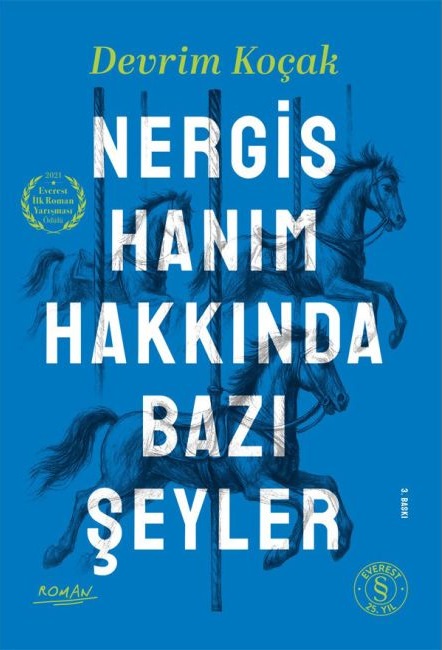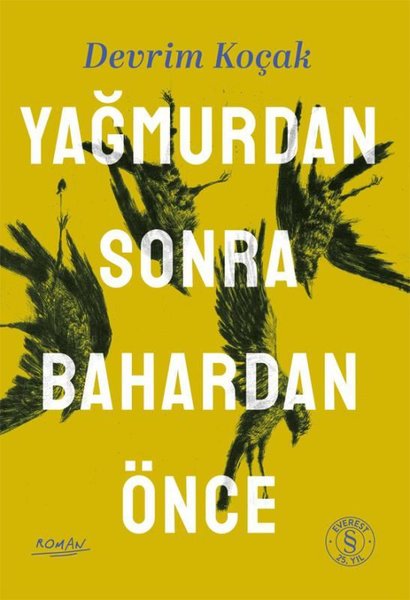Who are the hopeful characters in Tolstoy’s novels despite everything?
In Tolstoy’s works, hope is not just optimism; it encompasses spiritual resistance, a search for meaning, and ethical devotion despite the tragic nature of life. In this context, Tolstoy’s characters often go through metaphysical crisis and reach an ontological awakening.
- Pierre Bezuhov – War and Peace
“From existential darkness to ethical light”
Personality Traits:
Deeply questioning, melancholic, intuitive
Even though he seems weak-willed, he is open to inner growth
Philosophical Background:
Pierre’s life is an allegory of Tolstoy’s own spiritual transformation. He struggles with questions about the meaning of life; although he seeks satisfaction in areas such as Freemasonry, war, and love, he experiences an inner awakening only when he is faced with captivity. His meeting with Platon Karatayev leads him to an ethical understanding of simplicity. He no longer finds hope in external structures, but in the inner moral orientation of the human soul. This is the combination of Stoic acceptance and Christian love.
- Konstantin Levin – Anna Karenina
“From the rebellion of the mind to the surrender of the heart”
Personality Traits:
Hardworking, honest, intellectual
An inner traveler evolving from disbelief to belief
Philosophical Background:
Levin cannot find God through science; but he cannot live without God either. His hope lies not in the effort to make life “meaningful” but in his orientation to “meaningful living”. In the end, the sincere faith of the peasant Fyodor makes him take a “leap of faith” like Søren Kierkegaard. For him, hope is no longer a rational attitude but a way of life based on ethics.
- Platon Karatayev – War and Peace
“The sage of silent intuition”
Personality Traits:
Simple, non-judgmental, accepting
A figure who lives in harmony with nature and fate
Philosophical Background:
Karatayev represents the folk wisdom that Tolstoy idealized. He teaches not with words, but with his way of being. He lives his hope not in the future, but in the moment. For him, there are no issues of good and evil, only being. In this respect, he carries a “simplicity of wisdom” that overlaps with Taoism and Stoicism. This is why he instills hope in Pierre.
- Prince Andrey Bolkonsky – War and Peace
“The sublimity of compassion beyond pride”
Personality Traits:
Cold-blooded, idealistic, intellectual
A worldview that changes with disappointment
Philosophical Background:
Prince Andrey is a character who has faced the destruction of ideals. On the verge of death, she realizes that what makes life meaningful is neither fame nor duty, but only unconditional love. At this point, Andrey is enlightened by compassion, the final stop of existential awareness. He no longer seeks hope in external success, but in the depths of the human soul.
- Sonya – Anna Karenina
“The silent ethic of sacrifice”
Personality Traits:
Patient, prideless, loving
Living without conflict with social expectations but with an inner resistance
Philosophical Background:
Sonya’s existence is an “ethics dedicated to the existence of the other”, similar to the Levinasian philosophy of the face. Although her unrequited love for Vronsky makes her seem like a victim, this is her conscious ethical choice. Her hope lies not in the return of love, but in love itself. Hope is not passive, but a conscious form of loyalty.
- Marya Bolkonskaya – War and Peace
“The silent resistance of faith and patience”
Personality Traits:
Pious, devoted, fragile but resilient
True to a sincere love even under her father’s tyranny
Philosophical Background:
Marya is Tolstoy’s “silent woman sage”. Her hope is not born of great transformations or dramatic events, but of moral continuity, faith and living for others. Despite all the losses in her life, she maintains her faith in God and her love for people. Hope is for her a divinity within the world, not in spite of it.
- Natasha Rostova – War and Peace
“From childhood innocence to feminine intuition”
Personality Traits:
Emotional, sincere, intuitive
A character full of life but tested by tragedy
Philosophical Background:
Natasha’s hopeful nature is like a kind of “life instinct”. Despite disappointments — such as Andrey’s death — he does not lose his ability to love, forgive, and embrace life. Hope is not an intellectual product for him, but a force inherent in nature. Here Tolstoy idealizes the ability to love life without explaining it.
- Nikolay Levin (Levin’s brother) – Anna Karenina
“Calmness in disbelief”
Personality Traits:
Materialistic, sickly, but calm
A state of mind that does not rebel even on the brink of death
Philosophical Background:
Nikolai is not outwardly hopeful, but in Tolstoy’s text, his acceptance gives Levin a “new outlook.” He has learned not to hope for life, but not to fear death. This is a kind of “passive hope”: a peace born of accepting the finiteness of existence.
- Alyosha (Resurrection) – (A secondary figure)
“Witness of moral resurrection”
Personality Traits:
Honest, sincere, non-judgmental
A figure who bears witness to the salvation of others
Philosophical Background:
Although the focus in Resurrection is on Prince Nekhludov, minor characters like Alyosha carry Tolstoy’s populist ethical view. Their hope lies not in individual success but in contributing to the purification of others. This is directly related to Tolstoy’s Christian anarchism.
*10. Matryona – from Short Stories (typical female figure in the context of “The Death of Ivan Ilyich”)
“Great morality of small lives”
Personality Traits:
Servant, modest, selfless
The only sincere person who accompanies Ivan to his death
Philosophical Background:
Such female figures, which appear in many of Tolstoy’s short stories, are modest but spiritually sound. Matryona is a figure who trusts in God and life. Hope operates here as the silent force of moral purity.


